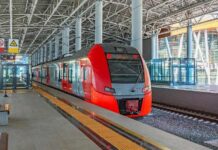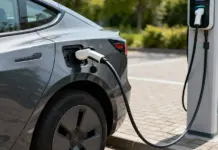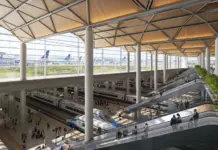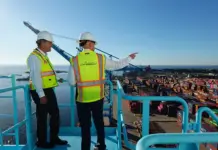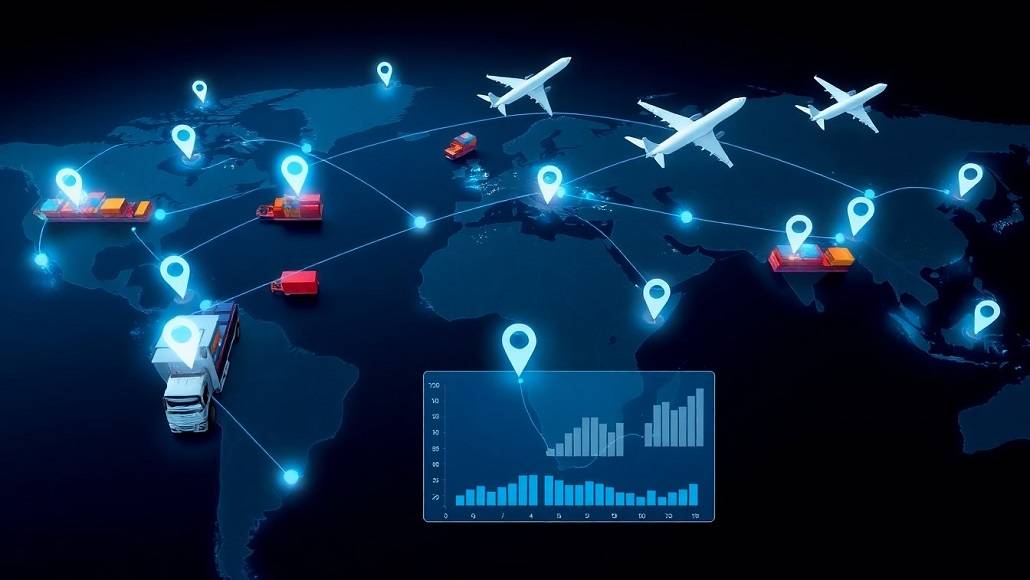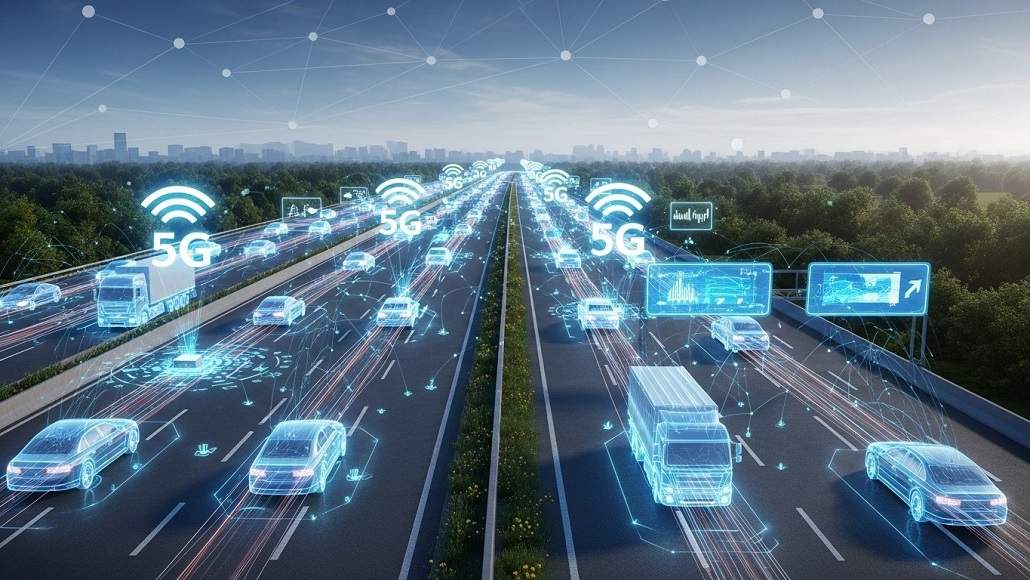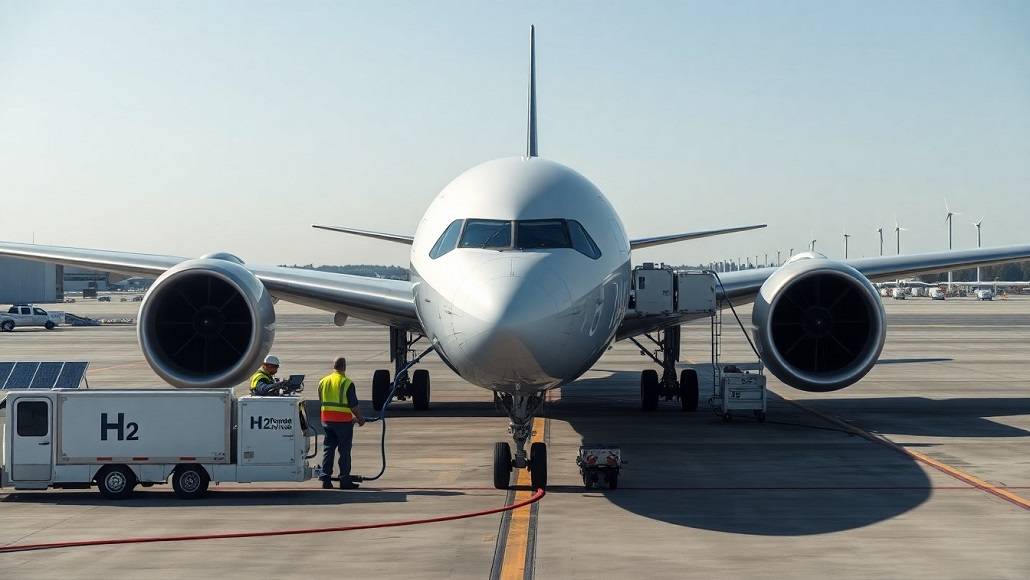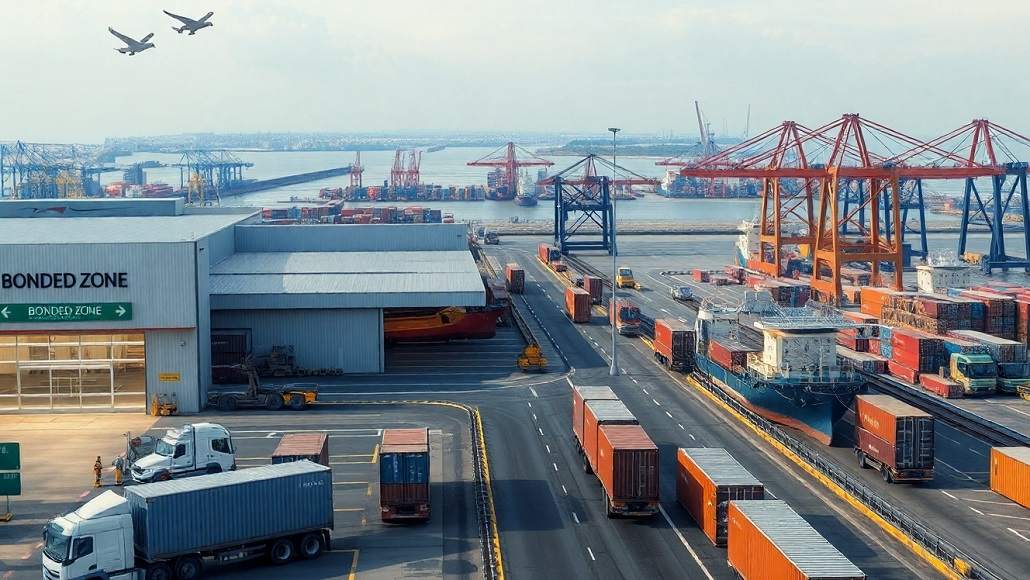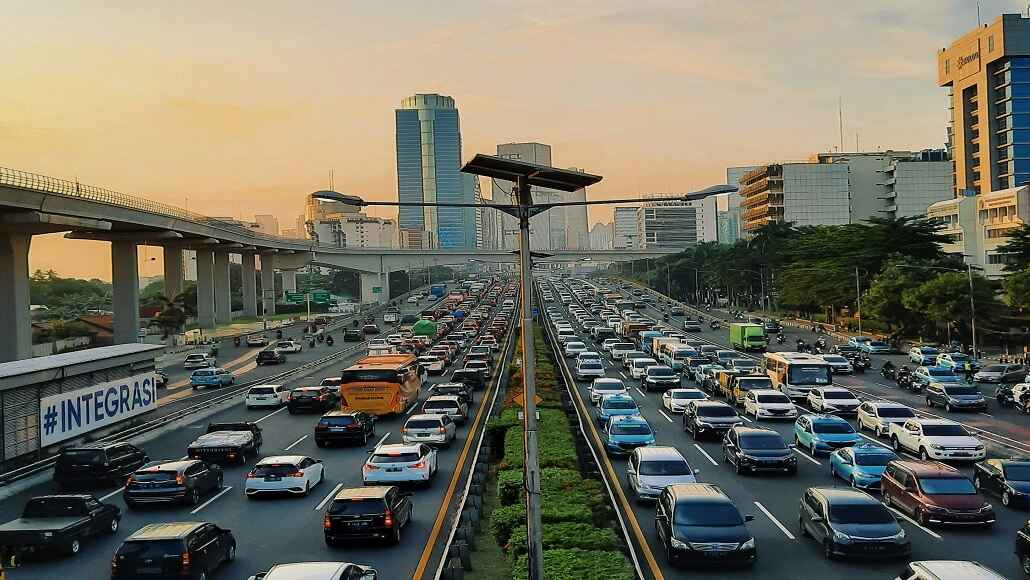There is one thing in common when we bring Roads, Tunnels, and Bridges together, they are all driven by technology these days. There are plenty of ancillary industries involved in their construction for whom technology and artificial intelligence are of utmost importance. The overall terrain in this industry happens to be more complex than one can fathom but newer technologies have given birth to frequent innovations and hence have helped in molding the shape of the entire industry extensively.
We have come to a point where the aging bridges, tunnels, and even roads have become better. It is all because of the better use of technology.
Projections
Project startup time concerning roads, bridges and tunnels has considerably reduced because of the geospatial and geographical data. The growth in publicly available aerial imagery and topography detection segment has been praiseworthy which has, in turn, made the life of authorities, builders, and contractors less frantic. One can gauge the time taken, risks involved, material and manpower required much before the project kicks-off. A detailed survey data is made available as a result of high-resolution imagery as well as in-depth data analysis of the area of work.
Design features
Before commencing the work on large scale projects, intricate design features are available in 3D formats that give out multiple perspectives to contractors and authorities. Even during the project, these perspectives can generate immense data that can get transferred to the GPS machine control equipment that guides and controls far-flung construction equipment like bulldozers, excavators, pavers, rollers, etc. This connectivity allows workers at the site to work with absolute accuracy since the data they avail is in real-time. This further helps them to make last-minute changes if required in their approach without breaking the continuity.
Sensors
Post completion, the maintenance of such huge projects is pivotal. The advancements made in digital technology take over the project once it is open for everyone. Placement of sensors in these huge structures gives out indications on damages, leakages and also if there is any requirement for taking immediate corrective measures. Additionally, periodic surveys are also conducted to maintain the robustness of the structure.
Geotechnical engineering innovations
There lies a pressing need for engineers working at the sites to be made available all the relevant information because their actions will have social, economic as well as environmental implications. Use of drones, excavators that have the facility to share imagery, testing laboratories within the vicinity of the complex project sites have started making more inroads than ever.
Simulation technology
The use of simulators has become pretty frequent in large scale construction today. How a machine will perform at a given site can be ascertained much before the machinery gets placed at the location. The exact information of the project site such as the dimensions, types of rocks, soil, silt, etc. is fed inside the software which then analyses the performance of the machinery through simulation giving a fair idea to the users of its precision and execution.


